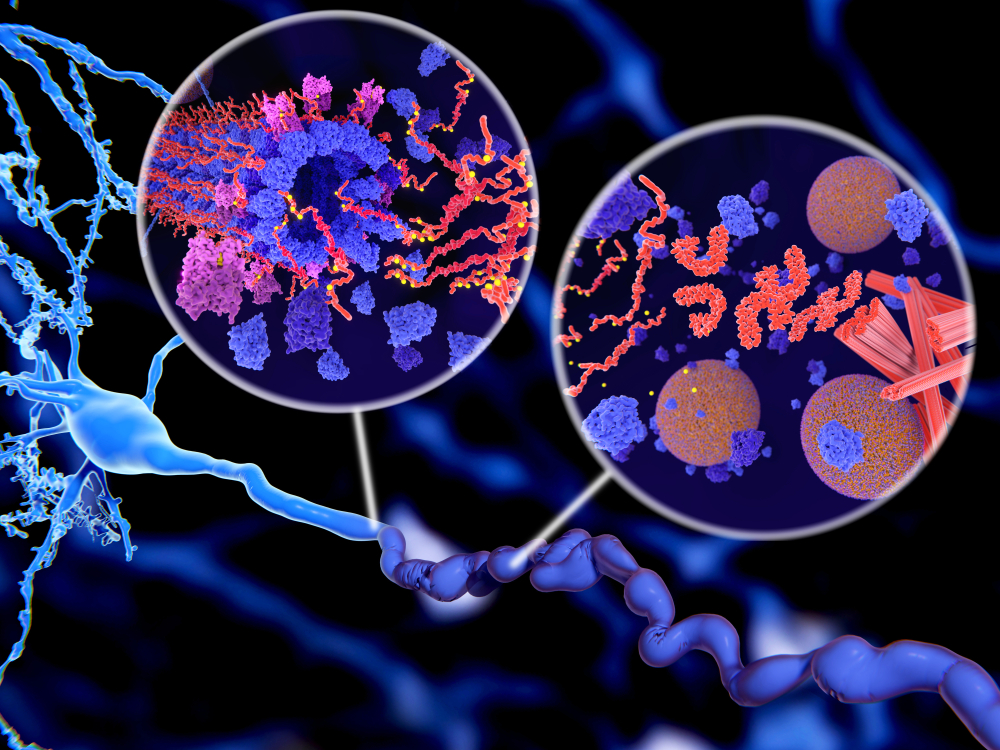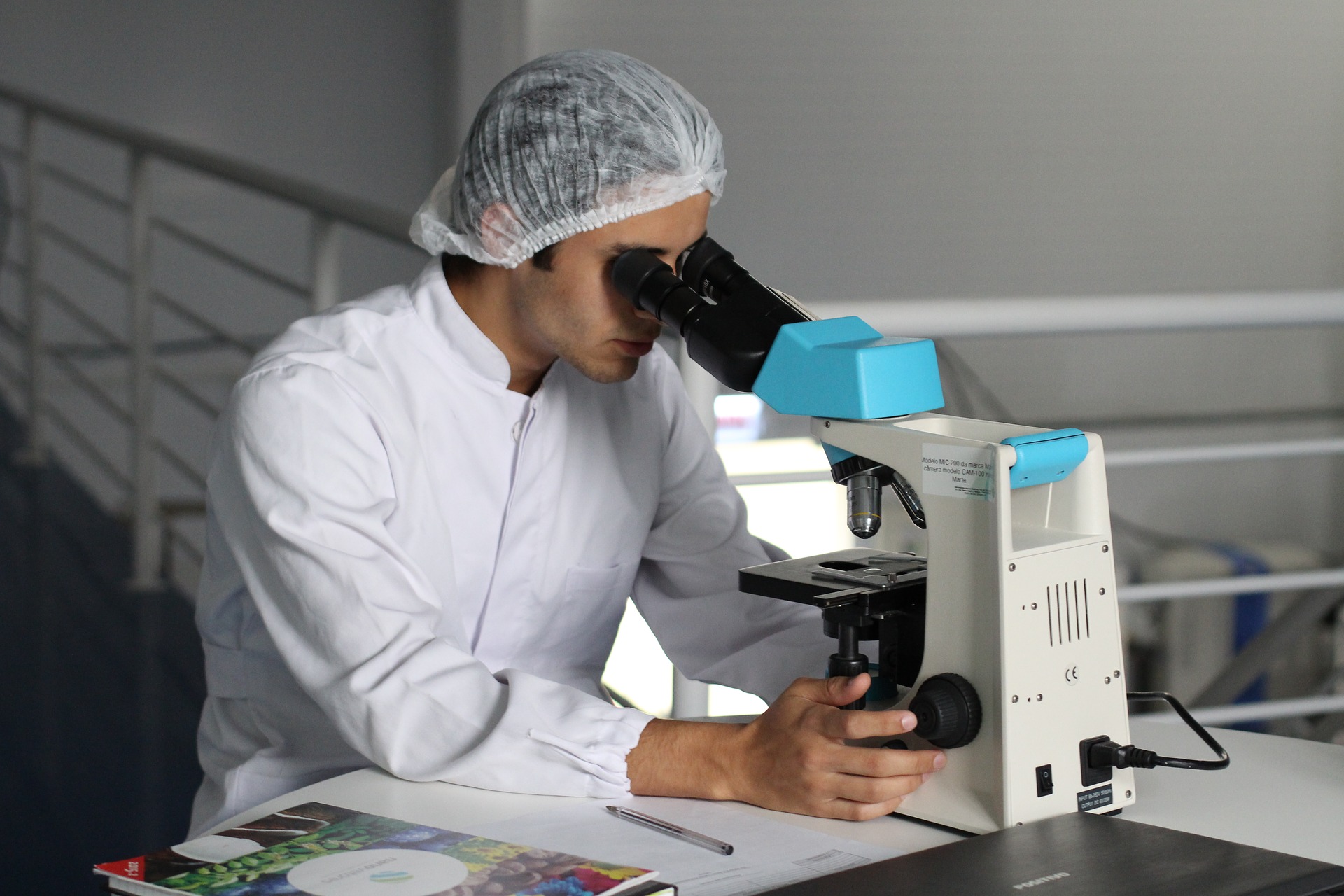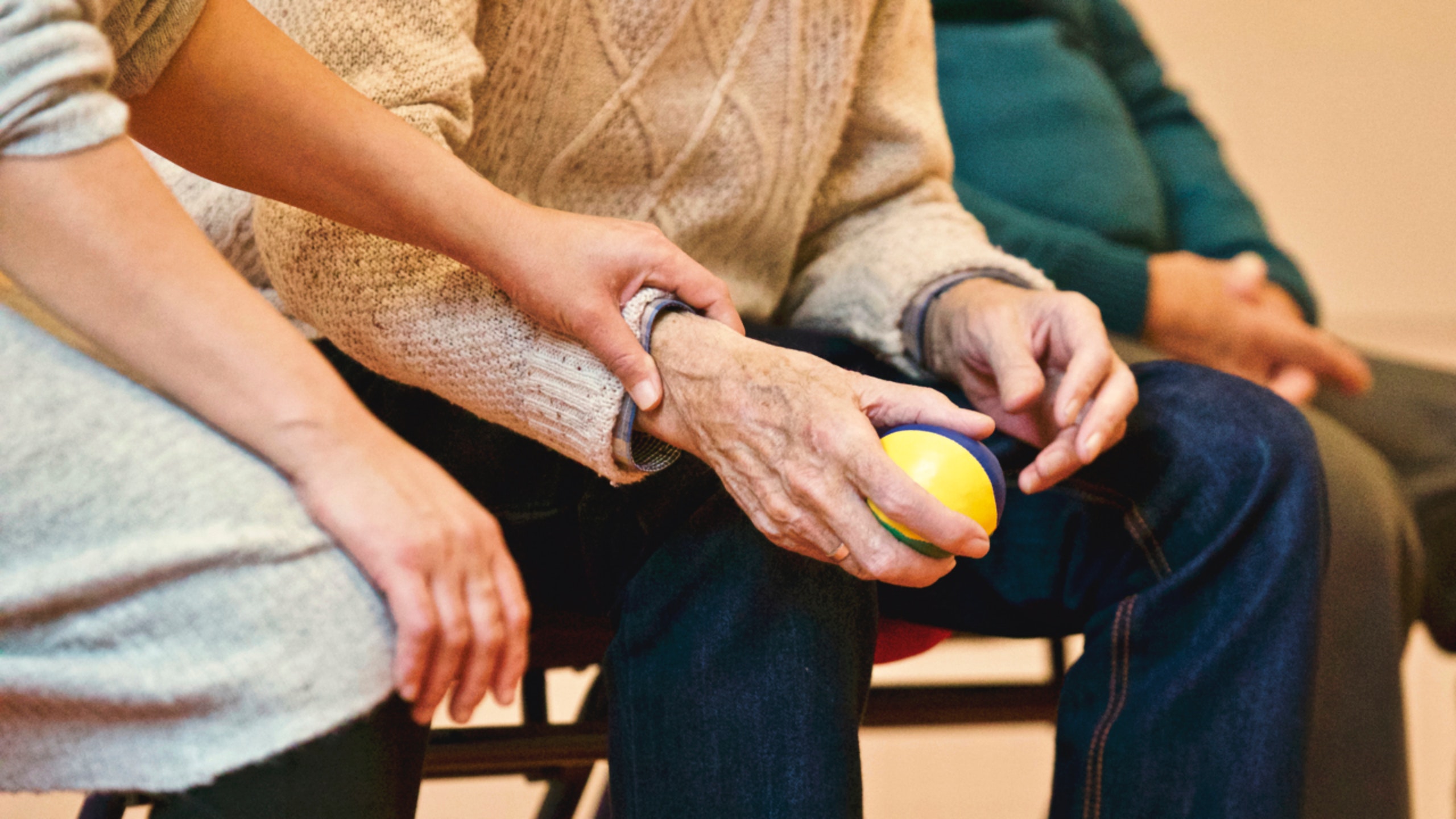Amyotrophic lateral sclerosis (ALS) and frontotemporal degeneration (FTD) have similar clinical, imaging and pathological features, prompting researchers to examine both diseases at once. Now, they will have the opportunity to do so, thanks to a new partnership between the non-profits The Association for Frontotemporal Degeneration (AFTD) and Target ALS.
The two organizations revealed a $5 million multi-year grant-making initiative aimed at assembling research consortia and fostering collaborations between academic and industry scientists. The goal is to discover and validate candidate drug targets and biomarkers for ALS and FTD.
“This is an exciting opportunity to expand the FTD/ALS drug and biomarker development pipeline rapidly by fostering collaboration among scientists from academia and the pharma/biotech industry,” said AFTD’s chief executive officer, Susan L-J Dickinson, in a statement. “We’re proud to take this crucial step with Target ALS and the scientific communities we support, working towards viable treatments and accurate diagnoses of ALS and FTD.”
ALS is characterized by the progressive loss of motor neurons, leading to difficulties breathing, swallowing, chewing and speaking. About 10 to 15 percent of patients with ALS meet the criteria for FTD, which describes the loss of frontal cortical neurons which affect behavior, cognition, personality and language. The striking clinical, imaging and pathological similarities between the two disorders have led some doctors to believe that they exist on an ALS-FTD spectrum.
A mutation in a gene called C9orf72 is the most common genetic cause of both disorders and recent research revealed shared biochemical signatures that could underlie a common mechanism of disease pathogenesis. In addition, dementia-like symptoms in patients with ALS could be explained by the accumulation of tau protein also seen in some patients with FTD. These new insights could lead to the discovery of a novel predictive biomarker or therapeutic.
A Request for Proposal (RFP) period is open to scientists and industry partners until early December. A similar system has worked for Target ALS in the past: five consortia were born out of a 2016 call for RFPs when Target ALS teamed up with ALS Finding a Cure. Four of those consortia led to ground-breaking therapeutic approaches.
“This request for proposals represents a major milestone for our organization and proof of our impact, having already introduced a collaborative approach that infused new energy to the search for viable treatments for ALS,” said Target ALS’ chief executive officer, Manish Raisinghani. “This is an exciting partnership with AFTD as it enables us to extend our model and impact for both ALS and adjacent diseases like FTD.”
The joint effort by AFTD and Target ALS could raise awareness and bring scientists one step closer to a cure for two of the most debilitating, complex diseases.












Join or login to leave a comment
JOIN LOGIN